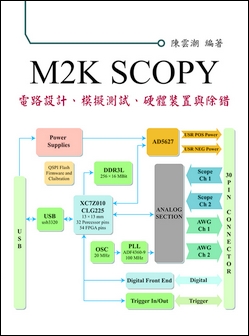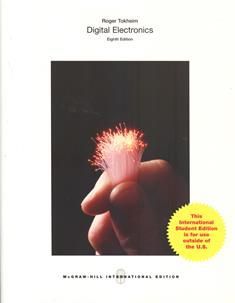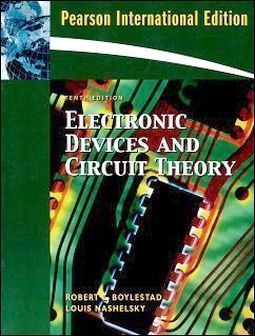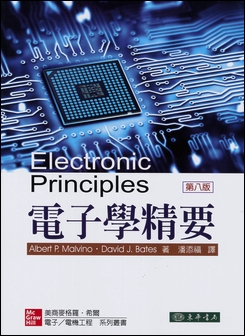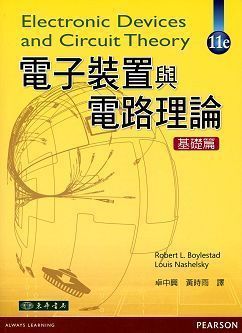書籍分類
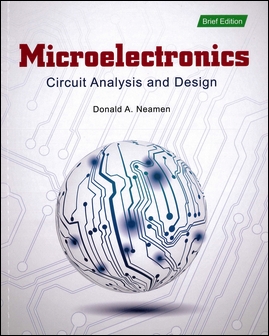
Microelectronics: Circuit Analysis and Design Brief Edition
作者:Donald A. Neamen
原價:NT$ 1,150
ISBN:9789863414216
版次:1
年份:2019
出版商:McGraw-Hill
頁數/規格:891頁/平裝雙色
版次:1
年份:2019
出版商:McGraw-Hill
頁數/規格:891頁/平裝雙色
內容介紹 本書特色 目錄
- Description
PHILOSOPHY AND GOALS
Microelectronics: Circuit Analysis and Design is intended as a core text in electronics for undergraduate electrical and computer engineering students. The purpose of the fourth edition of the book is to continues to provide a foundation for analyzing and designing both analog and digital electronic circuits. A goal is to make this book very readable and student friendly.
Most electronic circuit design today involves integrated circuits (ICs), in which the entire circuit is fabricated on a single piece of semiconductor material. The IC can contain millions of semiconductor devices and other elements and can perform complex functions. The microprocessor is a classic example of such a circuit. The ultimate goal of this text is to clearly present the operation, characteristics, and limitations of the basic circuits that form these complex integrated circuits. Although most engineers will use existing ICs in specialized design applications, they must be aware of the fundamental circuit's characteristics in order to understand the operation and limitations of the IC.
Initially, discrete transistor circuits are analyzed and designed. The complexity of circuits being studied increases throughout the text so that, eventually, the reader should be able to analyze and design the basic elements of integrated circuits, such as linear amplifiers and digital logic gates.
This text is an introduction to the complex subject of electronic circuits. Therefore, more advanced material is not included. Specific technologies, such as gallium arsenide, which is used in special applications. are also not included, although reference may be made to a few specialized applications. Finally, the layout and fabrication of ICs are not covered, since these topics alone can warrant entire texts.
PREREQUISITES
This book is intended for junior undergraduates in electrical and computer engineering. The prerequisites for understanding the material include DC analysis and steady-state sinusoidal analysis of electric circuits and the transient analysis of RC circuits. Various network concepts, such as Thevenin's and Norton's theorems, are used extensively. Some background in Laplace transform techniques may also be useful. Prior knowledge of semiconductor device physics is not required.
ORGAN IZATION
The book is divided into three pans. Pan 1, consisting of the first eight chapters, covers semiconductor materials, the basic diode operation and diode circuits, and basic transistor operations and transistor circuits. Part 2 addresses more advanced analog electronics, such as operational amplifier circuits, biasing techniques used in integrated circuits, and other analog circuits applications.



